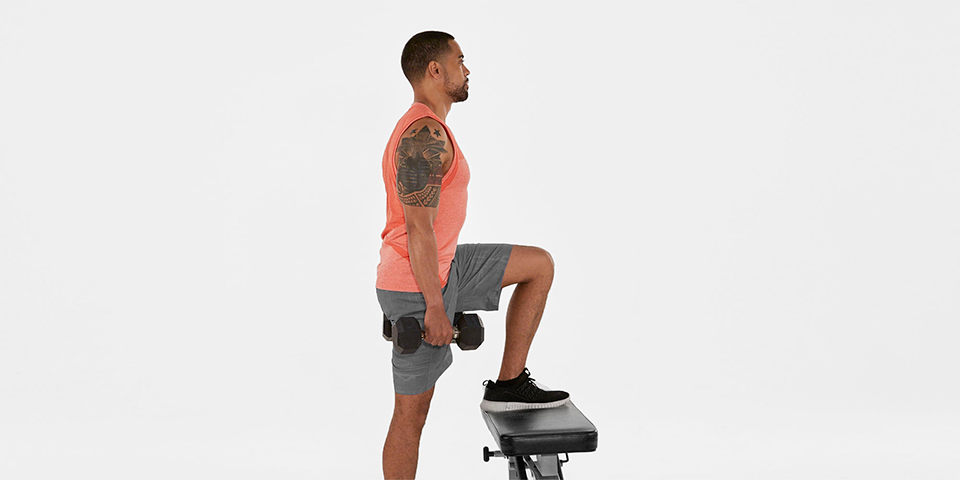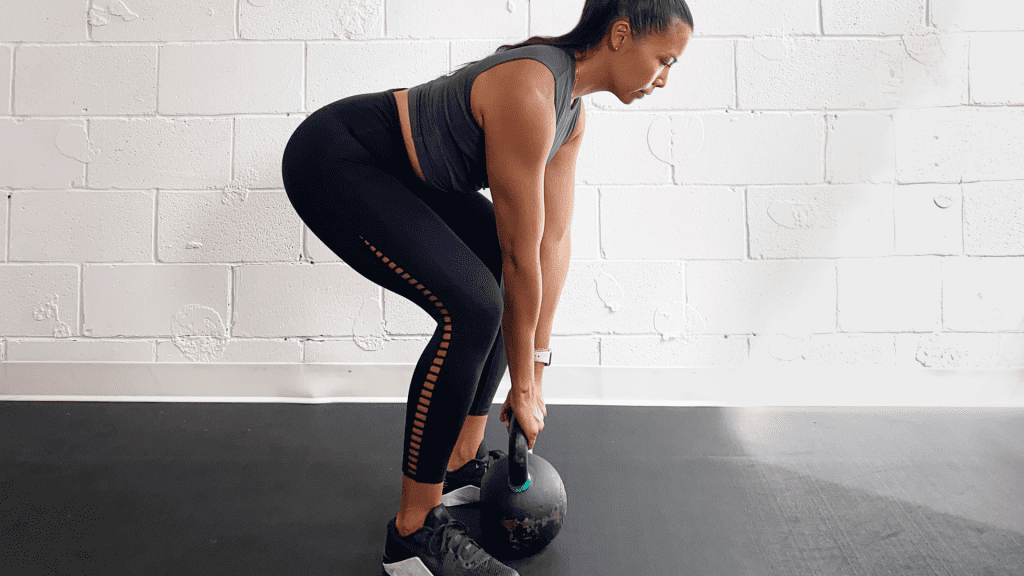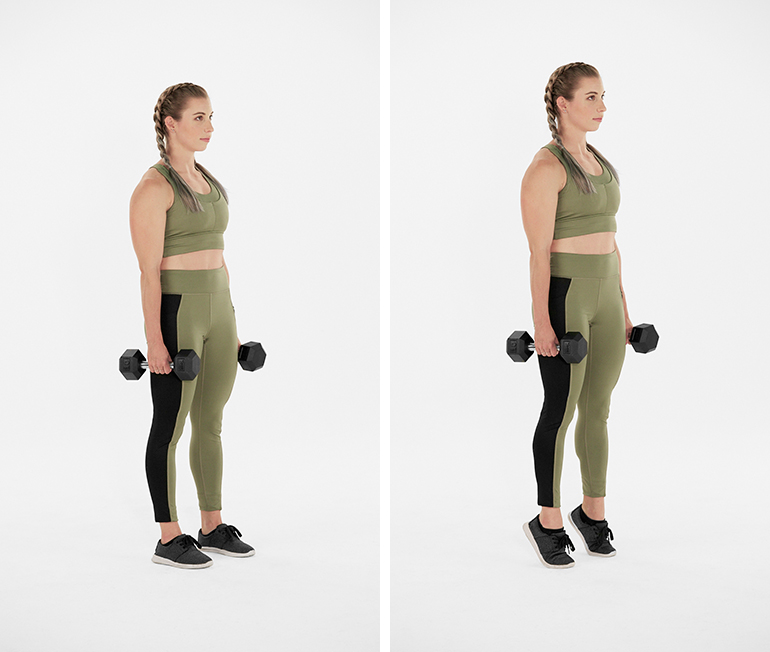Are you ready to embark on an exciting hiking adventure? Hiking allows us to connect with nature, challenge our bodies, and rejuvenate our spirits.
Whether you’re planning a leisurely stroll through a scenic trail or an intense trek up a rugged mountain, it’s crucial to prepare your body for the physical demands of hiking.
In this blog post, we will explore various hiking exercises specifically designed to enhance your hiking performance and ensure you’re ready to conquer any trail that comes your way.
From explosive plyometrics to targeted lower-body strength exercises, we will guide you through a selection of highly effective hiking workouts that will prepare your muscles for the challenges of hiking.
Incorporating these exercises into your training regimen will boost your stamina, improve your balance, and minimize the risk of injuries, allowing you to enjoy every step of your hiking journey fully.
Lace-up your boots, grab your backpack, and let’s get started on this transformative fitness journey that will elevate your hiking adventures to new heights:
Top 5 Exercises For Hiking At Home
Let’s have a look at the best hiking exercises that can be done at home or anywhere else to prepare for hiking like never before:
1. Squat Jumps

Squat jumps are a powerful plyometric exercise for hiking that targets your lower body muscles, including your quadriceps, hamstrings, glutes, and calves.
By incorporating explosive movements, squat jumps help improve your leg strength, power, and agility.
How To Perform Squat Jumps?
- Stand with your feet shoulder-width apart, maintaining a straight posture.
- Lower your body into a squat position, keeping your knees behind your toes and your weight on your heels.
- Explosively jump upward, extending your hips, knees, and ankles simultaneously.
- Land softly, returning to the starting position, and repeat for the desired number of repetitions.
2. Step-Ups

Step-ups simulate the movement patterns encountered during hiking, making them an excellent exercise for strengthening your legs, glutes, and core.
It is one of the best exercises to prepare for hiking, enhancing balance and stability, which is crucial for navigating uneven terrain.
How To Perform Step-Ups?
- Find a sturdy platform or step approximately knee height.
- Place one foot on the platform and push through your heel to lift your body up.
- Bring your other foot onto the platform and fully extend your hips.
- Step back down with the same foot, followed by the other foot, and repeat.
- To challenge yourself further, add weights such as dumbbells or a backpack.
3. Walking Lunges

If you are searching for the best exercises for hiking uphill, walking lunges have to be your best bet as they target multiple muscle groups simultaneously, including the quadriceps, hamstrings, glutes, and calves.
This hiking workout enhances lower body strength, improves balance, and increases hip flexibility, preparing you for the varied terrains encountered while hiking.
How To Perform Walking Lunges?
- Stand tall with your feet together.
- Take a step forward with your right foot, lowering your body into a lunge position. Ensure your right knee is directly above your ankle, and your left knee is hovering above the ground.
- Push through your right heel to step forward with your left foot into the next lunge.
- Continue alternating legs and walking forward, maintaining proper form.
4. Kettlebell Deadlift

The kettlebell deadlift is one of the best workouts for hikers that strengthens your posterior chain, including your glutes, hamstrings, and lower back.
It also enhances core stability, making it an excellent exercise for building the necessary strength and stability for hiking uphill and carrying a backpack.
How To Perform Kettlebell Deadlift?
- Stand with your feet hip-width apart, toes pointing forward, and a kettlebell on the ground between your feet.
- Hinge at the hips and grasp the kettlebell handle with both hands, keeping your back straight and core engaged.
- Push through your heels, squeeze your glutes, and lift the kettlebell off the ground by extending your hips and knees.
- Lower the kettlebell back down with control and repeat for the desired number of repetitions.
5. Dumbbell Calf Raise

The dumbbell calf raise is a core exercise for hiking that targets your calf muscles, which is essential for hiking on steep inclines and uneven terrain.
It helps improve lower leg strength, stability, and endurance, reducing the risk of calf cramps and strains.
How To Perform Dumbbell Calf Raise?
- Stand with your feet hip-width apart, holding a dumbbell in each hand, and let your arms hang by your sides.
- Raise your heels as high as possible, shifting your weight onto the balls of your feet.
- Hold the raised position for a moment, feeling the contraction in your calf muscles.
- Slowly lower your heels back down to the starting position.
- Repeat the movement for the desired number of repetitions.
Over To You
Incorporating specific exercises into your fitness routine is a game-changer when it comes to preparing for hiking adventures.
By targeting the key muscle groups and improving your overall strength, endurance, and stability, you’ll be well-equipped to tackle any trail that awaits you.
The hiking exercises we’ve explored in this blog post, from explosive plyometrics like squat jumps to targeted lower-body strength exercises like walking lunges, will help you develop the physical attributes necessary for successful and enjoyable hiking experiences.
By consistently incorporating these exercises into your training regimen, you’ll build the strength and stamina needed to conquer steep inclines, navigate uneven terrain, and carry a backpack comfortably.
So, whether you’re planning a short day hike or an extended backpacking trip, take the time to incorporate these exercises into your routine. Your body will thank you, and your hiking adventures will reach new heights of enjoyment and accomplishment.




